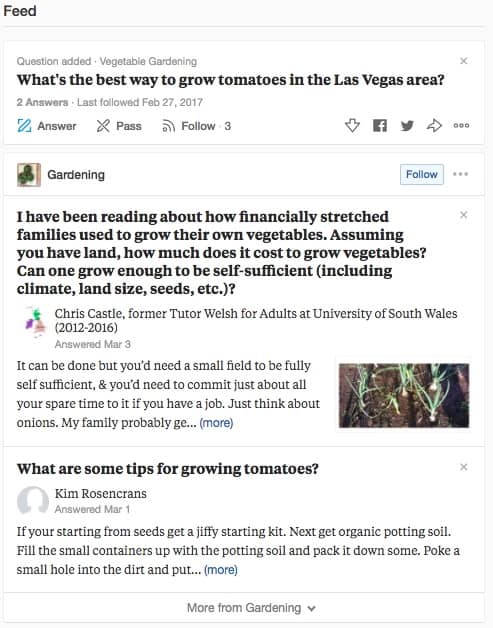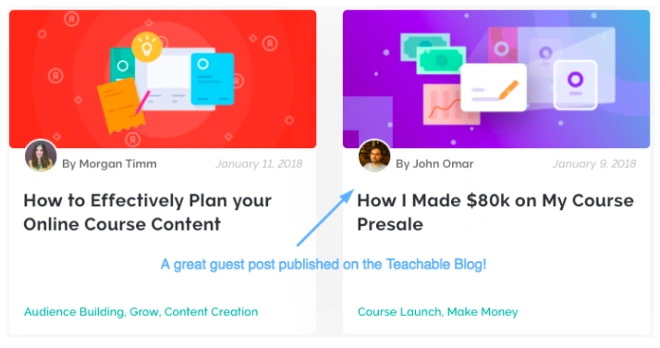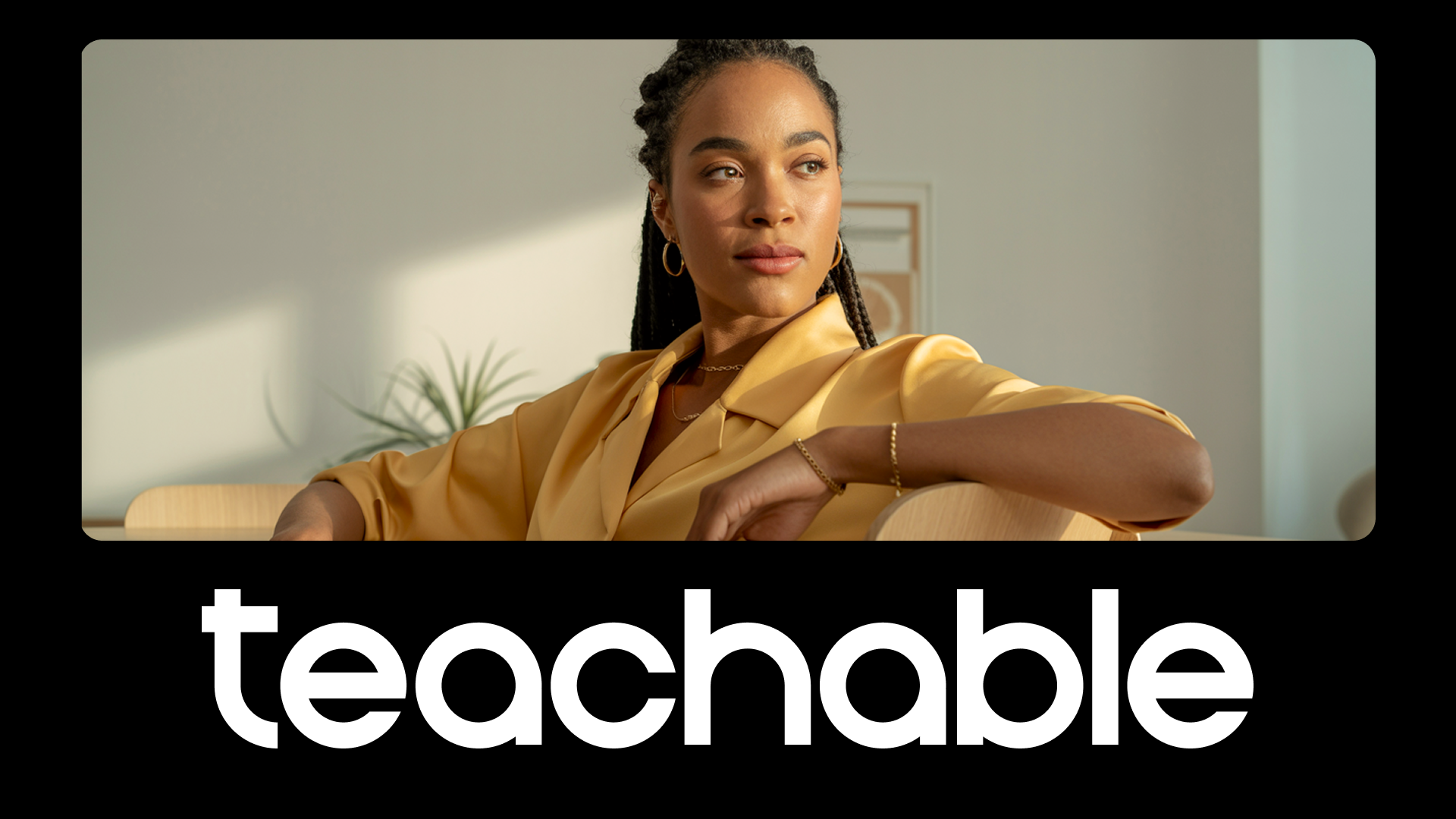There are countless motivations for why someone decides to create an online course. The one motivation everyone has in common, though? Helping their students see results. When your students see results, they’re going to be happier, be more likely to recommend your course to friends, and make future purchases from you in the future. The key to helping your students see results is making sure you’re selling to the right people aka finding the right audience for your online course.
It’s so easy to try and sell your online course to anyone who is willing to pay. But narrowing down your audience and your marketing plan can help you target the people who will most likely be happy with their purchase. One of the common mistakes we see online entrepreneurs make is they don’t know who they’re selling to. It’s hard to cater a product to your audience when you don’t even know who your audience is.
Deciding who your online course is for
Step 1: Who do you want to help?
You likely have an idea of who you’re best suited to help. If not, ask yourself a few of these questions:
- What group do you understand better than anyone else?
- What do you care most deeply about?
- Is there a specific community that could truly benefit from your knowledge? A group that you’re part of that you deeply understand?
For example, you might be teaching a gardening course. Your gut might say, “My online course is for everyone who is interested in gardening.” But, think again.
There will be people who are advanced gardeners who won’t benefit from your course. And there will be others who are such beginners that your course won’t help them, either. Instead, your course might be geared to hobby gardeners who are looking to expand their gardening prowess and grow all of their own produce.
Step 2: Research
Researching is the fun part of finding the right audience for online courses. First, Google your course topic and related words and phrases. Take a look at the results.
- What sites are popping up?
- What are the similarities that you’re seeing?
- Is there a certain group of people interested in your topic?

Check Quora and see what questions people are asking about your topic and dig into their profiles. What other things are they interested in. And where else do they spend their time? See how deeply you can dig and try to make predictions about who these people are.

You might find in your research that the demographics most interested in growing their own produce are thrifty 30-somethings trying to go green, minimize their spending, and make a positive environmental impact. With that in mind, you can better understand what kind of marketing is going to resonate with the people most likely to buy your course.
Step 3: Find similarities
- Is your audience mostly located in a specific country?
- What language does your audience speak?
- Are they mostly male, female, or evenly represented?
- What’s the level of education?
- Which age range do they fall within?
- Are there any other identifying characteristic or similarities in the group?
Now, you’re ready to grow your audience so you can have a massive launch. Luckily, we’ve perfected our audience growing tactics and have created a fool-proof strategy for attracting your audience and adding them to your email list.
Attracting your target audience
Before you jump into your course, consider first creating a mini course that you can use to get your foot in the door and grow your audience. This lead magnet is something you’ll give away for free in exchange for an email address.
When selecting a mini course topic, you should never start from scratch. Instead, you should work backwards from your main course. If there is one specific section in your main course that you think would make a great transformation for a mini course, start there.
Back to our gardening example: If your online course takes your students through getting started with their backyard garden start to finish, perhaps offer the first module as a free mini course.
If lesson one is how to build a plot with animal proof fencing so their hard work doesn’t get eaten by Bambi and Thumper, use that first lesson to grow your audience. You’re not giving away any of the real juicy stuff, but it’s the foundation your potential customers will need.
Furthermore, once they’ve gotten just a taste of your online course, they’re going to be itching to learn more. By offering a bit for free you can use that to hook your audience and increase your conversion rates.
The key to a mini course
Is to keep it mini. We see so many people offering “mini-courses” that could be stand-alone products selling for hundreds of dollars because the creator got carried away. And while it’s incredibly generous to give away all of that for free, that’s not the goal today.
Creating a mini-course is actually quite formulaic, too:
- Create one section in a Teachable course
- Add course information as text lessons
- Incorporate a valuable download
- Add images to your text if necessary to explain what you’re doing.
Try to use only one section, and try not to add more than five to seven steps.
Getting people to sign up for your mini course
Unfortunately, you have to do more than just create your mini course to find your audience f0r your online course and get them to sign up. It takes a good amount of promotion to get your name out there, especially if you’re new to the online marketing space.
Let’s talk about a few ways to attract new traffic to your mini course:
- Tap into someone else’s traffic
- Find your audience on an existing platform
When you tap into someone else’s traffic, you:
- Go to in-person events, like conferences where there is a built-in audience, and talk to real people about your course. Here’s a guide on speaking at conferences.
- Guest post on other sites and blogs, directing readers back to your website or sales page.

- Make your course available to influencers and experts in your niche, and ask them to mention it to their audience in exchange for free access. You can also decide to make them affiliates.
- Talk about your work (and your course) as a guest on webinars and podcasts.
Find your audience on an existing platform
This is likely the easiest way to find your audience for an online course quickly and organically.
- Promote your course on social media sites like Instagram, Facebook, and Pinterest
- Create video content on YouTube to drive viewers back to your course
- Go to question and answer forums like Quora and provide a lot of value with your answers and link back to your course
What next?
Once you’ve got people signed up for your mini course and in your funnel, you’ll have a solid foundation to launch off of.
Online course launches aren’t nearly as intimidating as they might seem. We’ve got a massive guide to launching your online course in 2021 to get you started on the right foot.
Join more than 150,000 creators who use Teachable to make a real impact and earn a real income.


.png)
.png)



